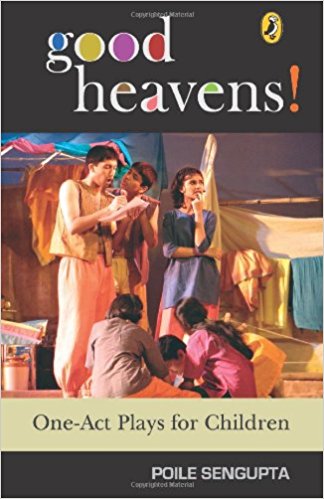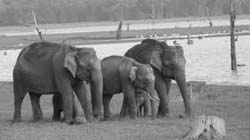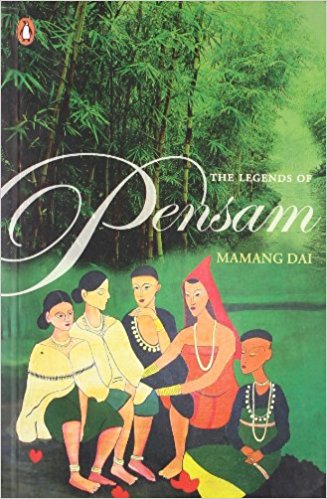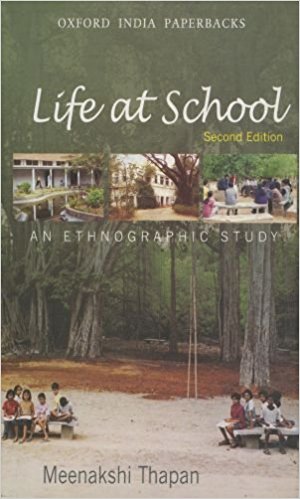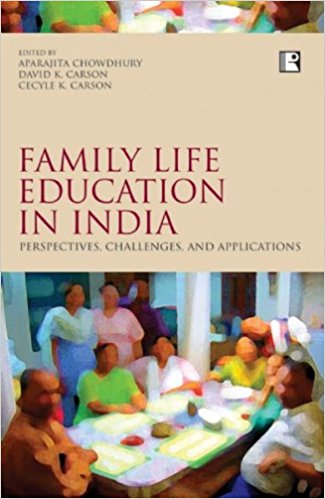Ghost Stories is a book which tells stories with a touch of mystery and suspense. ‘The Lady of the House’ is about a young ayah, called Malina, who comes to work in the house of Ginnima. Ginnima is an old lady, who has been trapped in her bed for 55 years, because she is overweight. When she first meets the old lady, something about Ginnima’s eyes scares Malina, because she feels like she is being trapped.This is a scary story.
Editorial


